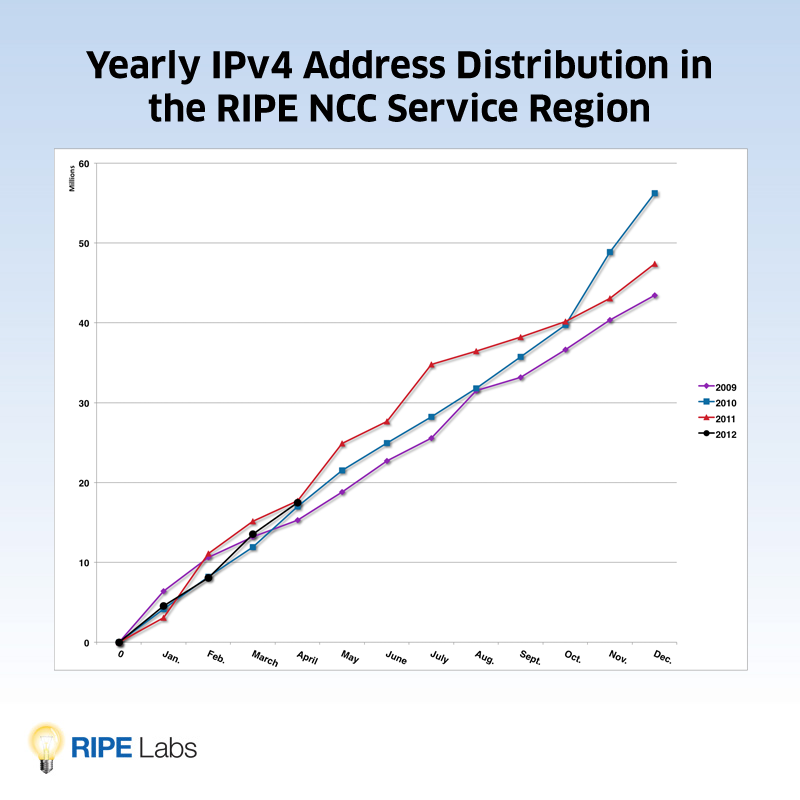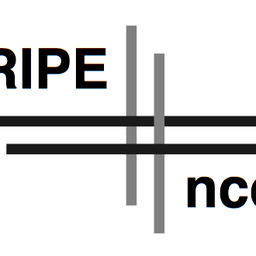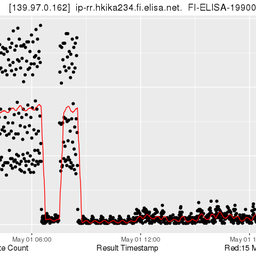In anticipation of reaching the last /8 of IPv4 addresses in the RIPE NCC service region, we have been looking at the number of IPv4 addresses the RIPE NCC handed out over the last four years. The curves look surprisingly uniform.
This year, we expect that the RIPE NCC's pool of unallocated IPv4 addresses will reach the "last /8", meaning that we have16,777, 216 IPv4 addresses left in the available pool. At that point it will no longer be possible for RIPE NCC members to obtain the amount of IPv4 addresses they will require to expand their current and future networks.
When we hit the last /8 , the RIPE NCC will only be able to distribute IPv6 addresses and a one-off allocation of IPv4 address space (1,024 IPv4 addresses) from the "last /8" to those members that meet the policy requirements. This will ensure that existing network operators are able to dual stack their networks and that new entrants can make sure their networks and services are available over both IPv4 and IPv6.
Has this caused a last minute rush?
In the image below, you can see the cumulative number of IPv4 addresses assigned or allocated yearly since 2009. Every year is depicted in a different colour. The dots on each curve indicate the number of addresses distributed at the end of each month.

Figure 1: Yearly IPv4 address distribution since 2009 in the RIPE NCC service region
As you can see, the patterns of the four lines are uniform and also surprisingly linear. The curve showing the first four months of 2012 (depicted in black) follows the same pattern even though it is expected that the RIPE NCC reaches the last /8 later this year. A consistent number of addresses have been distributed each month and we haven’t observed a last minute rush for the remaining IPv4 addresses - yet.
It’s good to see that the address space distribution policies set by the RIPE community to ensure that the remaining IPv4 address space is conserved and distributed fairly over the last few years have worked well. You can find more information and motivation about the Run Out Fairly Policy , which was introduced in 2010, on the RIPE NCC website.
The chart shows that reaching the last /8 of IPv4 address space is not coming as a surprise to the community, but that most people are well prepared for it due to the information and education provided over the last several years by the RIPE NCC and the discussions held during the RIPE Meetings and other Internet community meetings.
We can only speculate, but there are two possible interpretations: the industry is well prepared for the run of IPv4 addresses or it is closing their eyes until we have "chopped down the last tree" as Geoff Huston put it in one of his recent presentations .





Comments 1
The comments section is closed for articles published more than a year ago. If you'd like to inform us of any issues, please contact us.
Anonymous •
You stated: "The chart shows that reaching the last /8 of IPv4 address space is not coming as a surprise". To me this uniformity, in the absence of visible progress in IPv6 deployment, indicates exactly the upcoming surprise. Which is puzzling a bit. Are there other theories as to what the trend might indicate?